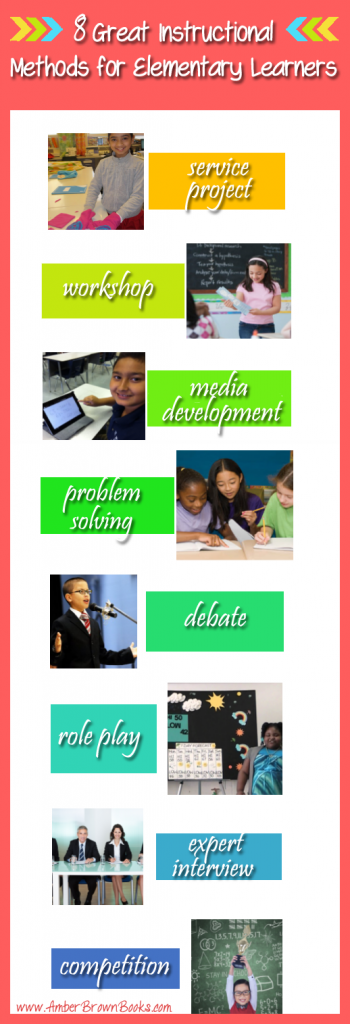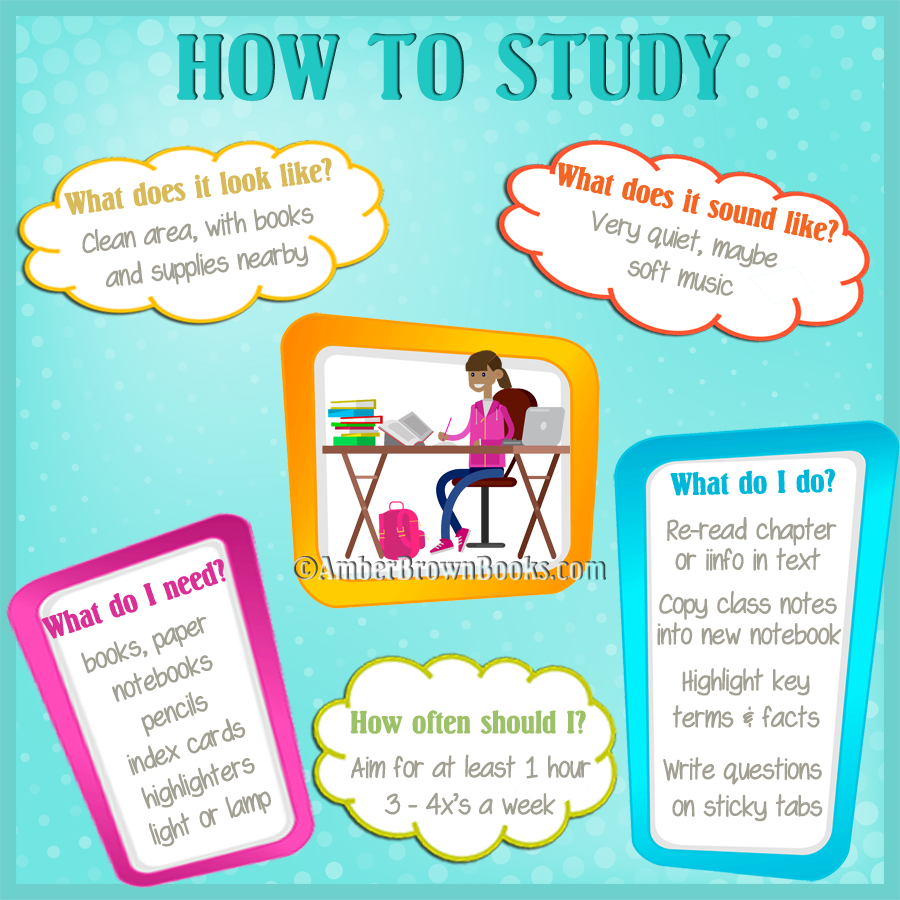8 Great Instructional Methods for Elementary Learners
Sometimes while teaching we tend to use the same type of activities for different lessons and may want to try something new. A quick Google search will garner a variety of methods to use while teaching – many are excellent choices, but often times will work best for older students. Here is a list of 8 great (and not used often enough) instructional methods that are learner-centered and work very well for elementary students. Although they do require a bit of pre-planning (I would suggest planning the entire unit versus week-to-week planning), they are easy to implement. The best part is, they are all adaptable cross-curricula, highly engaging, and require few, if any, items to purchase. So, are you willing to shake things up in your class to try a few? If so, comment below and let us know!
 1. Service Projects: are a great way to include humanities in any lesson. One idea is to sew gloves for senior citizens. In completing this, students will combine and use several math concepts, including measuring and estimating. Also, while students determine how much fabric they will need, they can also calculate the price of the fabric based per yard. A nice resource for service project ideas can be found on Kid World Citizen’s website.
1. Service Projects: are a great way to include humanities in any lesson. One idea is to sew gloves for senior citizens. In completing this, students will combine and use several math concepts, including measuring and estimating. Also, while students determine how much fabric they will need, they can also calculate the price of the fabric based per yard. A nice resource for service project ideas can be found on Kid World Citizen’s website.
2. Workshop Presentations (“Be a teacher day”): provides students the opportunity to become the facilitator of learning for their peers. It encourages them to learn as much as possible about an area of discussion in order to present and “teach” to classmates. As facilitators, students should research and prepare a 20-30 minute lesson, as well as provide a short class assignment related to the content. This method works well for group presentations due to time restraints.
3. Media Development: utilizes technology tools to exemplify understanding of content being covered. Ideas would to allow students to create a digital storytelling project, digital scrapbooking project, record an audio music track, or film a commercial ad for a book recommendation.
4. Problem Solving: allows students the opportunity to work in groups to learn how to navigate the problem solving process or even provide solutions to solve a real-world problem related to content being covered in class. Stenhouse Publishers provides an excellent idea list of in-class activities that can be used to teach learners how to generate solutions.
5. Debate: gives students the opportunity to research and explore all aspects of an issue related to content of study or a current real-world discussion. Carefully planned not to include “hot button”/controversial topics for young learners, participating in debates help students distinguish between fact and opinion, as well as how to support a statement with researched findings. Buzzle.com has a really great list of sample debate topics for elementary students.
6. Role Play: is a way for learners to delve completely into the content and learn new concepts while acting out scenes and parts. As they research to create scripts and act out realistic scenarios for their classmates, the learners become more involved with the content and their peers are interested in the information presented. Students can play the role of meteorologists to discuss weather patterns or moon phases (science) or become historical figures and go into detail about discovering new lands or inventions (social studies). They can also imitate a car buying scenario when covering multiplying and interest rates (financial literacy and/or math), or may consider acting out social interactions, such as bullying or integrity (guidance/health related).
7. Expert Interviews: become great options when learners have the opportunity to meet with people known as experts or knowledgeable in their fields. Whether the meetings are live or via telecommunications (i.e. Skype), allowing students to ask questions directly to those who work in the area of study can provide a wealth of credible information that often isn’t found in a text book or with internet search engines.
8. Competitions: can be used as another tool to deepen understanding of material covered in class. As students research information and design experiments and visual aids, they become much more knowledgeable and familiar with the topic covered. In addition, the experience gained by competing against others increases learners’ academic confidence and they often begin to challenge themselves to improve afterwards. Quiz bowls, Science/Social Science fairs, NASA competitions, Robotic challenges, and more are always available for elementary student entry. View the Art of Problem Solving’s list of state and national mathematics competitions to start the hunt for academic competitions appropriate for your young learners! [*Note: Remember, if you can’t find a competition in your area, no one says you can’t buddy with another school or nearby district to form your own competitions!*]

